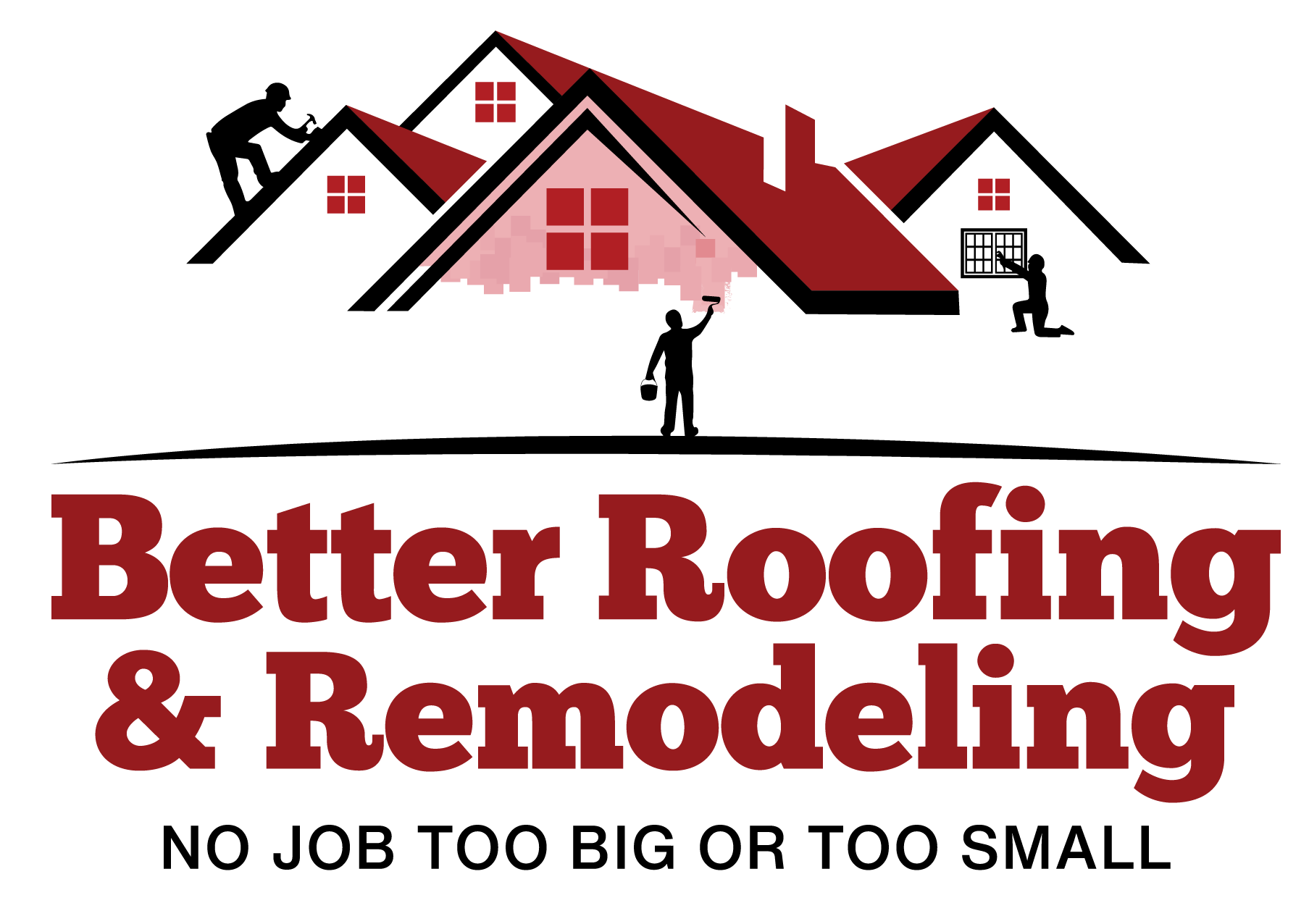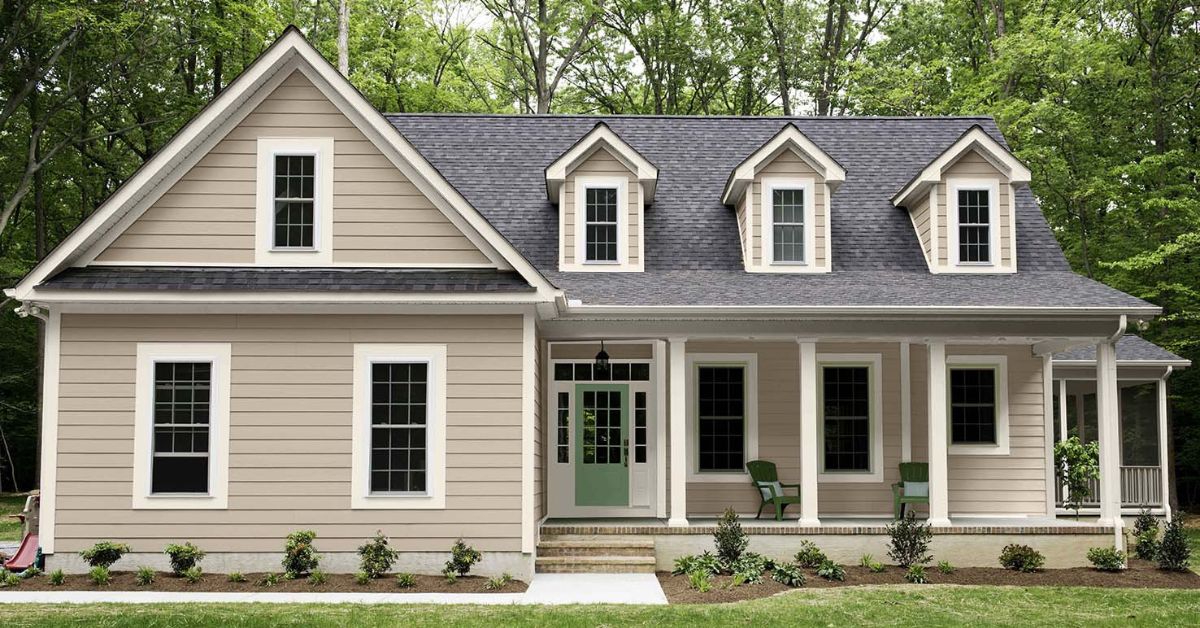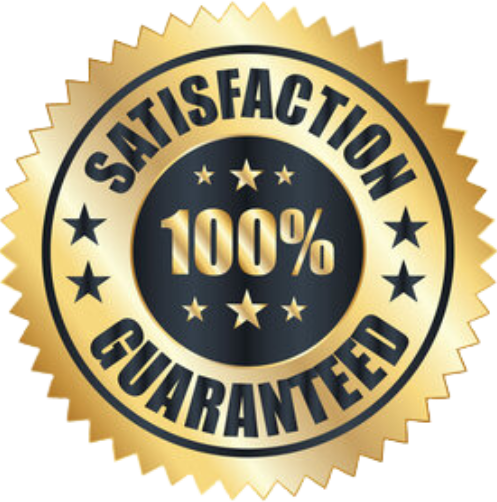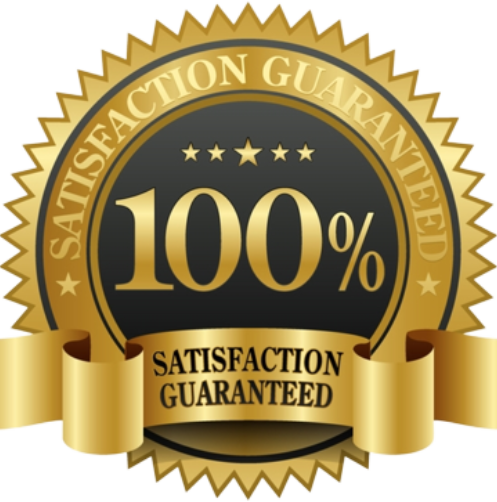When choosing the right exterior for your home, the options can be overwhelming. One material that has gained popularity in recent years is vinyl siding. With its affordability, low maintenance requirements, and various design options, vinyl siding has become a top choice for homeowners who want to enhance their property’s curb appeal.
However, like any other choice, vinyl siding has its advantages and disadvantages. In this informative blog, we’ll take a closer look at vinyl siding houses, exploring the pros and cons of vinyl siding so you can make an informed decision for your next home improvement project.
Whether you’re considering a home remodel or are simply curious about the possibilities, read on to discover if vinyl siding is the right choice for you and your home.
Pros of Vinyl Siding
Homeowners all around the United States are choosing vinyl siding more and more frequently and for a good reason. Its numerous advantages make it a compelling option for those considering an exterior home upgrade. In this article, we’ll delve into the pros of vinyl siding, exploring the many benefits of choosing this durable and versatile material.
1. Affordability
Are you still grappling with the question, ‘Is vinyl siding good? One of the most significant advantages of vinyl siding is its cost-effectiveness. When compared to other siding materials like wood, brick, or stone, vinyl siding is notably more affordable. This makes it an attractive option for homeowners on a budget or those looking for a cost-effective way to boost their home’s curb appeal.
2. Low Maintenance
Vinyl siding is renowned for its minimal maintenance requirements. Unlike wood siding, it doesn’t need painting or staining. It’s also resistant to rot, termites, and moisture, ensuring that it retains its appearance for many years. All you need to do to keep it looking great is occasional cleaning with a hose or power washer.
3. Durability
The durability of vinyl siding is outstanding. It can endure extreme temperatures, high winds, and heavy rainfall without warping, cracking, or fading. Many manufacturers offer extended warranties, further guaranteeing the material’s long-term durability.
4. Variety of Styles and Colors In Pros and Cons of Vinyl Siding
Vinyl siding is available in various styles, colors, and textures, allowing homeowners to customize their exteriors to their preferences. Whether you desire the classic look of cedar shakes, a sleek modern appearance, or anything in between, vinyl siding can be tailored to match your vision.
5. Energy Efficiency
Modern vinyl siding often includes insulation, significantly improving your home’s energy efficiency. This added insulation helps regulate indoor temperatures, reducing excessive heating or cooling requirements, which can translate into lower energy bills.
Cons of Vinyl Siding
While vinyl siding offers a wide range of vinyl siding pros and cons, it’s essential to consider the potential drawbacks before deciding. Here are some of the cons associated with vinyl siding:
1. Limited Repair Options
One of the significant drawbacks of vinyl siding is its limited repair options. When damaged, such as cracking or chipping, it can be challenging to repair, often requiring the replacement of entire panels. This can be costly and time-consuming if the original siding color has faded over time.
2. Environmental Concerns
Vinyl siding is manufactured using polyvinyl chloride (PVC), a plastic that can harm the environment. PVC production can release toxic chemicals, and the siding is not biodegradable. How to clean vinyl siding also depends on disposing of old vinyl siding that environmental challenges. Some homeowners may be concerned about the ecological footprint of using vinyl siding, mainly when more eco-friendly alternatives exist.
3. Limited Aesthetic Depth
While vinyl siding offers a variety of styles and colors, it lacks the depth and character of materials like wood or stone. It may not accurately replicate these traditional materials’ appearance from a distance. Some homeowners prefer the natural, authentic look of wood or stone siding, which vinyl cannot fully replicate.
4. Susceptibility to Fading and Warping
Vinyl siding can be susceptible to fading, particularly in regions with intense sunlight and UV exposure. Over time, the color may dull or change, which can affect the appearance of your home. Additionally, extreme heat can cause vinyl siding to warp, resulting in a wavy or distorted appearance.
5. Impact Resistance
Vinyl siding is less impact-resistant than other siding materials, such as fiber cement or stucco. It can be more smoothly damaged by hail, flying debris during storms, or accidental impacts. This may necessitate more frequent repairs or replacements.
Installation and Maintenance
Vinyl siding is famous for its affordability, versatility, relatively straightforward installation, and minimal maintenance requirements. Here’s a brief overview of both aspects:
Installation
Installing vinyl siding is a task that many experienced DIYers can handle, given the right tools and knowledge. The process typically involves attaching vinyl panels to the exterior of your home. These panels interlock, creating a protective barrier against the elements.
Installation can be accomplished more quickly than other siding materials due to its lightweight nature and convenient panel design. However, if you need more confidence in your DIY skills, hiring a professional siding services installer is advisable to ensure a proper and efficient installation.
Maintenance: Vinyl Siding Pros and Cons
Vinyl siding has a low maintenance demand, one of its distinguishing qualities. Use a hose or pressure washer to get rid of filth and grime. Unlike wood siding, vinyl doesn’t require painting or staining. However, if any panels become damaged, they should be replaced promptly to prevent moisture infiltration.
It’s also essential to inspect the caulk and seals around windows and doors to maintain the siding’s weatherproofing integrity. Overall, vinyl siding offers a hassle-free solution for homeowners seeking an attractive and low-maintenance exterior option.
Blog Summary
The decision to invest in vinyl siding for your home is significant, and it comes with a well-rounded set of pros and cons of vinyl siding.
On the positive side, vinyl siding offers affordability, low maintenance, and impressive durability, making it an appealing choice for many homeowners. Its style and color options versatility ensure you can achieve the desired look while increasing your home’s energy efficiency.
However, it’s equally important to consider the environmental impact, limited repair options, and the potential for fading or warping. The key lies in making an informed choice that aligns with your needs and preferences.
So, whether you’re considering a home remodel or building your dream house, with the right considerations and care, vinyl siding can be a fantastic addition to your home’s exterior.






